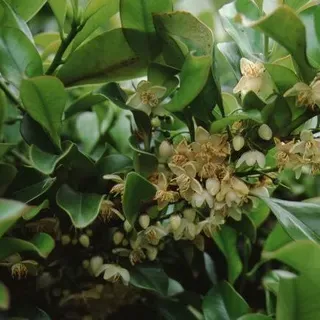Ternstroemia gymnanthera Cleyera, Japanese Ternstroemia
Introduction
The dense, unusually dark green foliage takes on various shades of red depending upon the season and exposure but always remains shining and evergreen. The small, white, fragrant flowers are borne in clusters at the leaf axils and are followed by yellow to dark red fruits, eventually splitting open to reveal shiny, black seeds which persist through the winter.
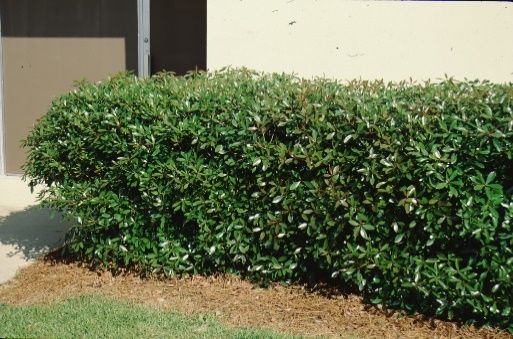
Credit: Edward F. Gilman, UF/IFAS
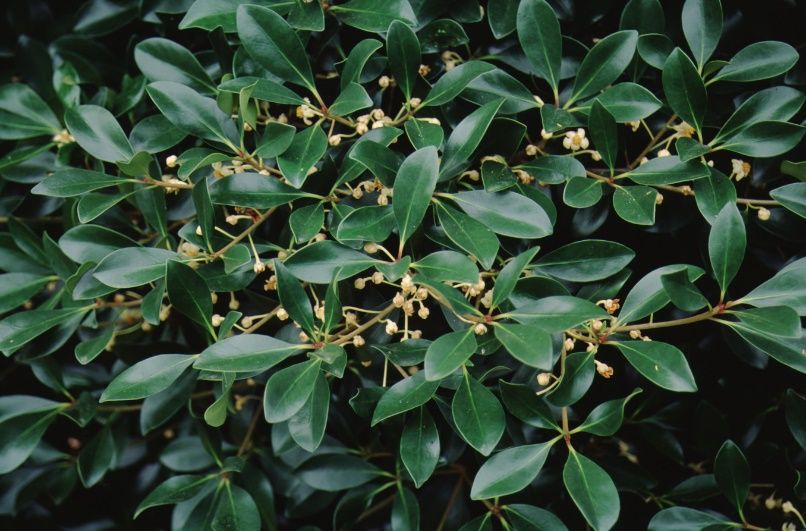
Credit: Edward F. Gilman, UF/IFAS
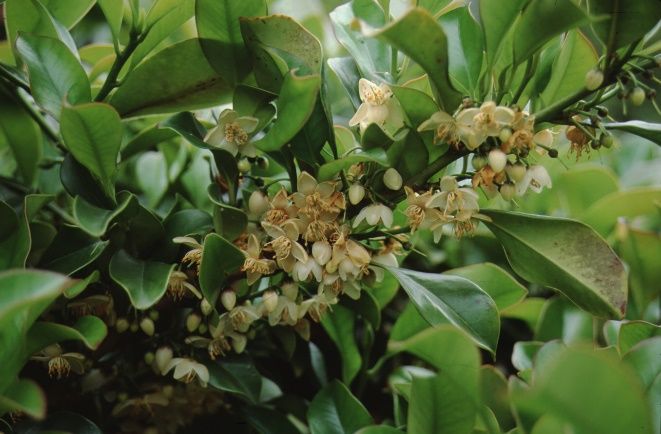
Credit: Edward F. Gilman, UF/IFAS
General Information
Scientific name: Ternstroemia gymnanthera
Pronunciation: tern-STROE-mee-uh jim-NANTH-er-uh
Common name(s): cleyera, Japanese ternstroemia, Japanese cleyera
Family: Pentaphylacaceae
Plant type: tree
USDA hardiness zones: 7 through 10 (Figure 4)
Planting month for zone 7: year-round
Planting month for zone 8: year-round
Planting month for zone 9: year-round
Planting month for zone 10: year-round
Origin: native to temperate and tropical Asia
Invasive potential: not considered a problem species at this time and may be recommended by UF/IFAS faculty (reassess in 10 years)
Uses: screen; border; near a deck or patio; specimen; superior hedge
Availability: somewhat available, may have to go out of the region to find the plant
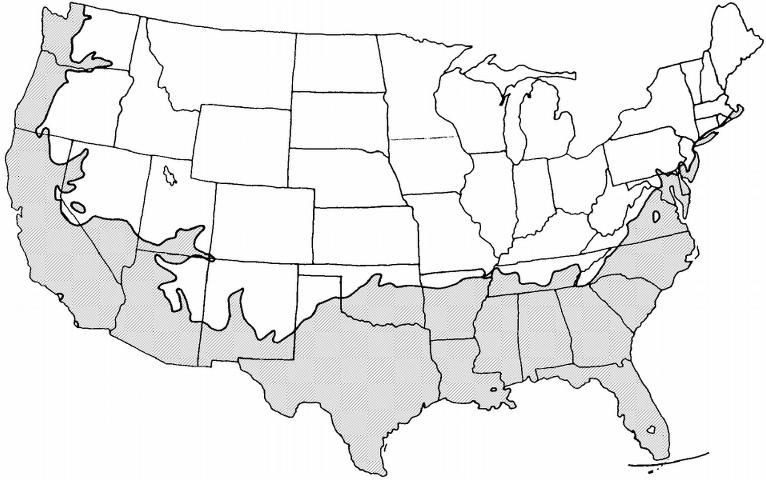
Credit:
Description
Height: 12 to 20 feet
Spread: 5 to 10 feet
Plant habit: upright
Plant density: moderate
Growth rate: moderate
Texture: medium
Foliage
Leaf arrangement: alternate
Leaf type: simple
Leaf margin: entire
Leaf shape: ovate
Leaf venation: pinnate
Leaf type and persistence: evergreen
Leaf blade length: 2 to 4 inches
Leaf color: green
Fall color: no fall color change
Fall characteristic: not showy
Flower
Flower color: white
Flower characteristic: spring flowering; pleasant fragrance
Fruit
Fruit shape: oval
Fruit length: 0.5 to 1 inch
Fruit cover: fleshy
Fruit color: red
Fruit characteristic: persists on the plant
Trunk and Branches
Trunk/bark/branches: showy; typically multi-trunked or clumping stems
Current year stem/twig color: gray/silver
Current year stem/twig thickness: thin
Culture
Light requirement: plant grows in the shade
Soil tolerances: clay; sand; acidic; loam; slightly alkaline
Drought tolerance: moderate
Soil salt tolerances: poor
Plant spacing: 36 to 60 inches
Other
Roots: usually not a problem
Winter interest: plant has winter interest due to unusual form, nice persistent fruits, showy winter trunk, or winter flowers
Outstanding plant: plant has outstanding ornamental features and could be planted more
Pest resistance: no serious pests are normally seen on the plant
Use and Management
Cleyera is tolerant of full sun but grows best in partial shade in rich, moisture-retentive but well-drained, acid soil. The leaves will turn yellow if the soil is alkaline. Pruning is not usually necessary on slow-growing cleyera, but new growth may be pinched to encourage compactness, particularly in the shade. The clean, neat, upright growth of cleyera makes it a good choice as an accent plant as well as a screen or hedge. Plant on 3- to-5-foot centers to form a hedge of mass planting. Cleyera makes a good background plant for a shrub border that acts as a screen or wind break.
Propagation is by seed or cuttings.
Pests and Disease
Pest problems are rare on cleyera with scale being the only one of occasional significance.
No diseases are of major concern.


